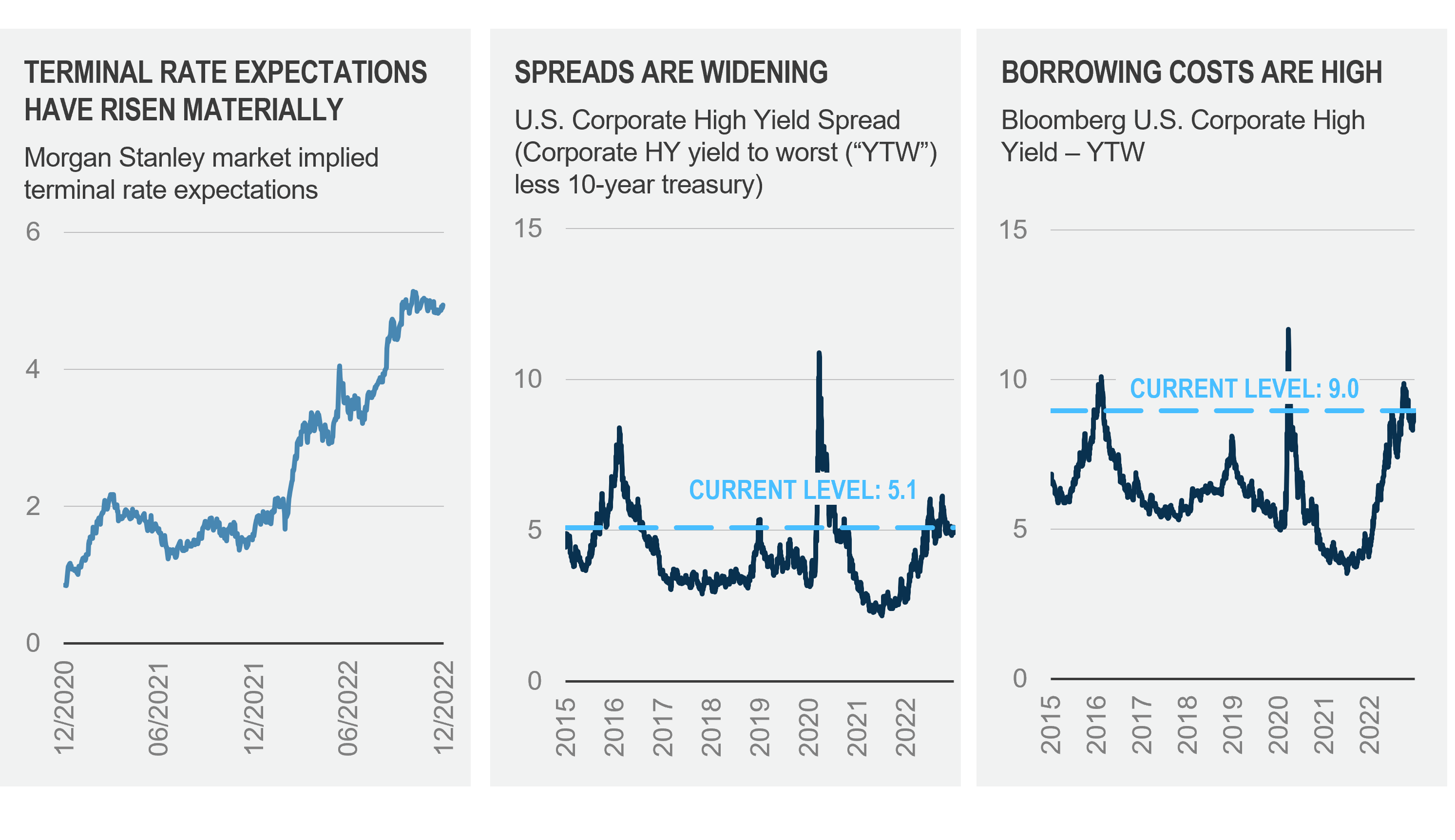Canadian EV Purchase Intent Falls Again

Table of Contents
Rising Costs and Inflationary Pressures
The significant increase in the price of EVs, exacerbated by inflation, is a major deterrent for potential buyers. The sticker shock associated with purchasing an electric vehicle is a substantial barrier for many Canadians. While the long-term cost of ownership might be lower due to reduced fuel and maintenance expenses, the upfront investment remains a significant hurdle.
- Comparison of EV prices to gasoline-powered vehicles: Recent data shows that EVs, even with government incentives, often cost considerably more than comparable gasoline-powered vehicles. This price difference is amplified by the current inflationary environment.
- Impact of rising interest rates on EV financing: Higher interest rates make securing financing for an EV more expensive, further increasing the overall cost of ownership and impacting affordability. This makes the monthly payments significantly higher, deterring potential buyers.
- Government incentives and their effectiveness in offsetting price increases: While the Canadian government offers various incentives, such as rebates and tax credits, their effectiveness in offsetting the substantial price increases has been debated. The incentives may not be sufficient to bridge the gap for many consumers, particularly those on tighter budgets.
Global supply chain issues have also significantly impacted EV production and pricing, leading to increased costs and longer wait times for consumers. These disruptions further contribute to the overall hesitancy surrounding EV purchases.
Range Anxiety and Charging Infrastructure Gaps
Concerns about limited driving range and the availability of reliable charging infrastructure remain significant obstacles to widespread EV adoption in Canada. "Range anxiety," the fear of running out of battery power before reaching a charging station, is a common concern among potential EV buyers.
- Statistics on EV range and charging station density across different Canadian regions: While charging infrastructure is improving, significant disparities exist across Canada. Rural areas often lack sufficient charging stations, making long-distance travel in an EV challenging. Urban centers, while better served, still experience congestion at existing charging points.
- Discussion of fast charging versus level 2 charging options: The availability and reliability of fast-charging stations are critical for longer journeys. The lack of a widespread, reliable fast-charging network hinders the practicality of EV ownership for many Canadians.
- Comparison of the Canadian charging infrastructure to other developed nations: Compared to countries like Norway or the Netherlands, Canada lags behind in terms of charging infrastructure density and network reliability. This gap needs to be addressed to encourage wider EV uptake.
The user experience of EV charging itself needs improvement. Inconsistent charging speeds, malfunctioning charging stations, and difficulties with payment systems all contribute to negative perceptions and deter potential buyers.
Lack of Consumer Awareness and Education
Many Canadians remain unaware of the total cost of ownership benefits of EVs, leading to hesitancy in adopting this technology. Misconceptions and a lack of clear, accessible information contribute to this hesitation.
- Public perception of EVs: myths and misconceptions: Common myths about EVs, such as long charging times, limited range, and high maintenance costs, need to be addressed through targeted education.
- The role of government and industry in promoting EV awareness: Government and industry collaboration is vital in launching effective public awareness campaigns that highlight the benefits of EVs and dispel common misconceptions.
- Importance of clear and accessible information on EV technology, costs, and benefits: Easy-to-understand resources on EV technology, purchase incentives, running costs, and environmental benefits are crucial to inform potential buyers and boost their confidence.
Targeted educational campaigns, focusing on specific demographics and addressing regional concerns, are essential to promote EV adoption effectively.
Competition from Gasoline and Hybrid Vehicles
The continued availability and affordability of gasoline and hybrid vehicles pose stiff competition to EVs. The relatively lower initial cost of gasoline cars and the familiarity associated with internal combustion engine (ICE) vehicles remain significant factors influencing consumer decisions.
- Price comparison of similar vehicle models across fuel types: A direct price comparison reveals that EVs are still considerably more expensive upfront, even with government incentives.
- Impact of fluctuating gas prices on consumer preferences: Fluctuations in gasoline prices can impact consumer preferences, making gasoline-powered vehicles seem more attractive in the short term.
- The appeal of hybrid vehicles as a transitional technology: Hybrid vehicles offer a compromise, combining fuel efficiency with the familiarity of gasoline engines. They are often perceived as a less disruptive transition towards electric mobility.
Analyzing the market share of different vehicle types provides crucial insights into consumer preferences. The ongoing competition requires innovative strategies to enhance the attractiveness and accessibility of electric vehicles.
Conclusion
The decline in Canadian EV purchase intent is a complex issue with multiple interacting factors, ranging from rising costs and limited charging infrastructure to inadequate consumer awareness and strong competition from traditional vehicles. Addressing these challenges requires a multi-pronged approach involving government incentives, industry innovation, and comprehensive public education campaigns. Overcoming these hurdles is crucial for Canada to achieve its climate goals and establish itself as a leader in the global electric vehicle market. The future of EV adoption in Canada hinges on finding solutions that address these barriers and reignite consumer interest. Understanding the reasons behind the fall in Canadian EV purchase intent is the first step towards reversing this trend and accelerating the transition to a cleaner transportation future. We encourage further research and discussion to revitalize Canadian EV purchase intent and promote the widespread adoption of electric vehicles.

Featured Posts
-
 Forgotten Role Patrick Schwarzenegger In Ariana Grandes Music Video And White Lotus
Apr 27, 2025
Forgotten Role Patrick Schwarzenegger In Ariana Grandes Music Video And White Lotus
Apr 27, 2025 -
 Widening Cracks In Private Credit Credit Weekly Report
Apr 27, 2025
Widening Cracks In Private Credit Credit Weekly Report
Apr 27, 2025 -
 Turning Poop Into Profit How Ai Digests Repetitive Documents For Podcast Success
Apr 27, 2025
Turning Poop Into Profit How Ai Digests Repetitive Documents For Podcast Success
Apr 27, 2025 -
 From Scatological Data To Podcast Gold An Ai Powered Solution
Apr 27, 2025
From Scatological Data To Podcast Gold An Ai Powered Solution
Apr 27, 2025 -
 Professional Hair And Tattoo Artists Inspired By Ariana Grandes New Look
Apr 27, 2025
Professional Hair And Tattoo Artists Inspired By Ariana Grandes New Look
Apr 27, 2025
Latest Posts
-
 The U S Dollars First 100 Days A Historical Comparison
Apr 28, 2025
The U S Dollars First 100 Days A Historical Comparison
Apr 28, 2025 -
 U S Dollars Troubled Start Parallels To The Nixon Presidency
Apr 28, 2025
U S Dollars Troubled Start Parallels To The Nixon Presidency
Apr 28, 2025 -
 Nixons Shadow A Look At The Current U S Dollars Performance
Apr 28, 2025
Nixons Shadow A Look At The Current U S Dollars Performance
Apr 28, 2025 -
 U S Dollar Weak Start To Presidency Mirrors Nixon Era
Apr 28, 2025
U S Dollar Weak Start To Presidency Mirrors Nixon Era
Apr 28, 2025 -
 Yukon Legislature Mine Managers Testimony Sparks Contempt Threat
Apr 28, 2025
Yukon Legislature Mine Managers Testimony Sparks Contempt Threat
Apr 28, 2025
